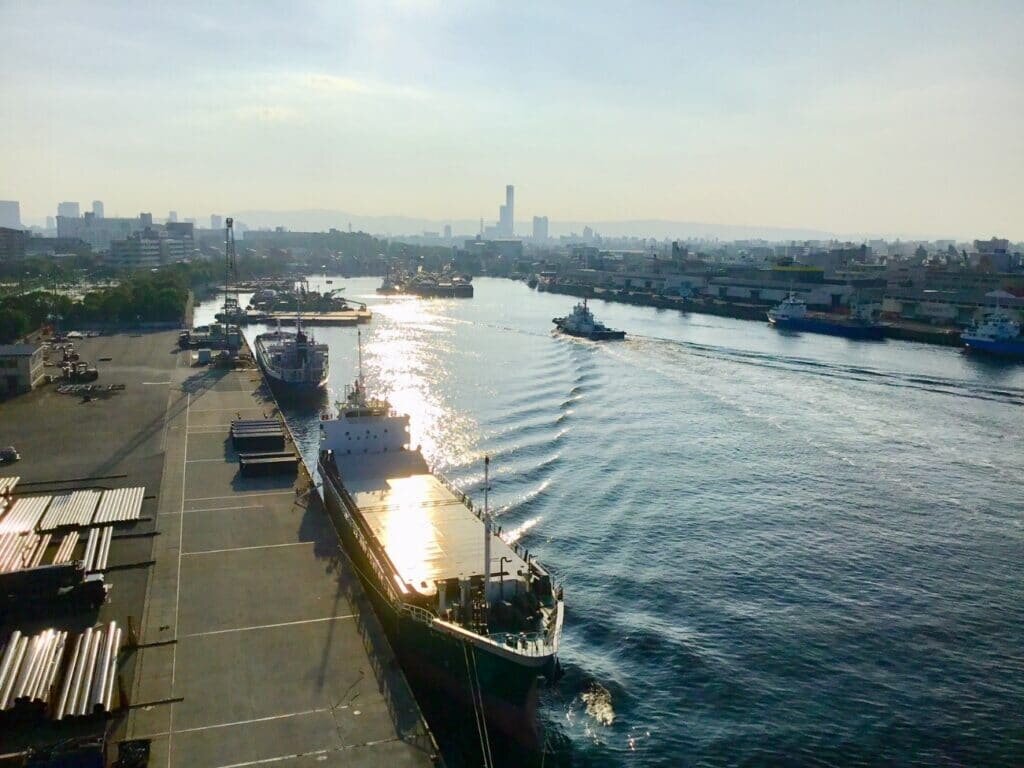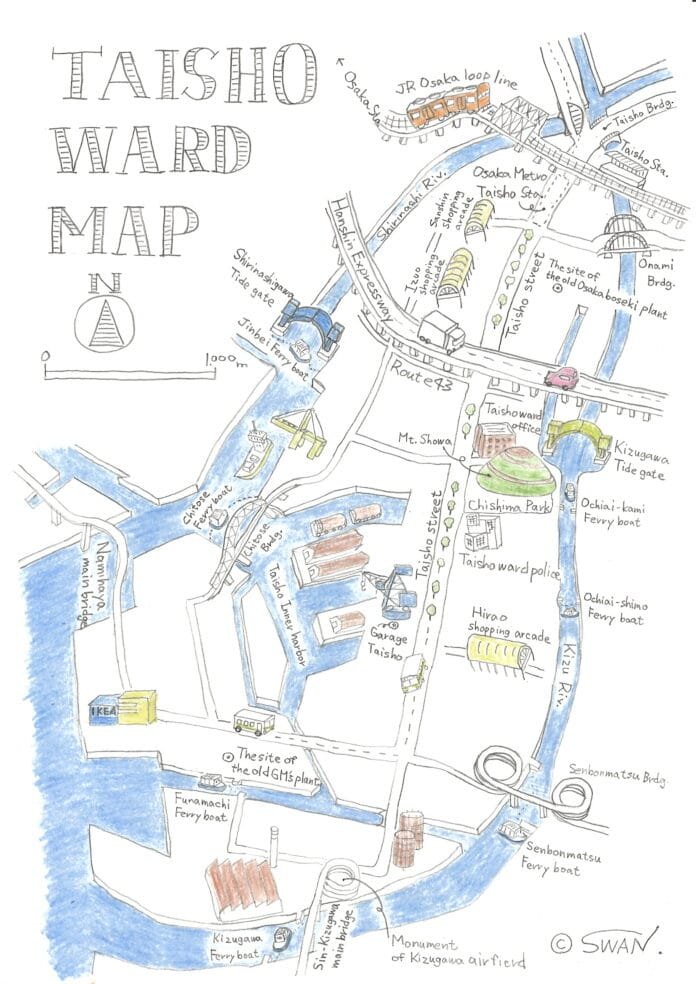
Table of Contents
Intruduction
Not many international tourists or visitors from other prefectures know well about Taisho ward, probably it is because Taisho is Osaka’s least populated ward and has a limited train access, just only Taisho Station (JR Loop Line, Osaka Metro) is available. But this is so “Mottainai” meaning “Taisho is too good to miss”. This article will show you a unique profile of Taisho from historical standpoints.
Taisho is a filled-up island developed after the 17th century, so it is relatively a young area compared to other older wards with great historical backgrounds, such as Tennoji ward with Shitennoji Temple, (the oldest and highly venerated Buddhism temple in Japan), or Chuo ward where the ancient Naniwa Palace was established in the middle of the six century.
But youth does not necessary mean less attractive. On the contrary, Taisho is full of unique features you can never find in other places. Because of its young age, Taisho took a significant role as frontier of Japan during the period of industrialization and modernization. Taisho, the modern frontier, attracted variety of great minds and challenging spirits of the time not only in Japan, but also from overseas. Unprecedented creations and unparalleled innovations occurred in this waterfront.
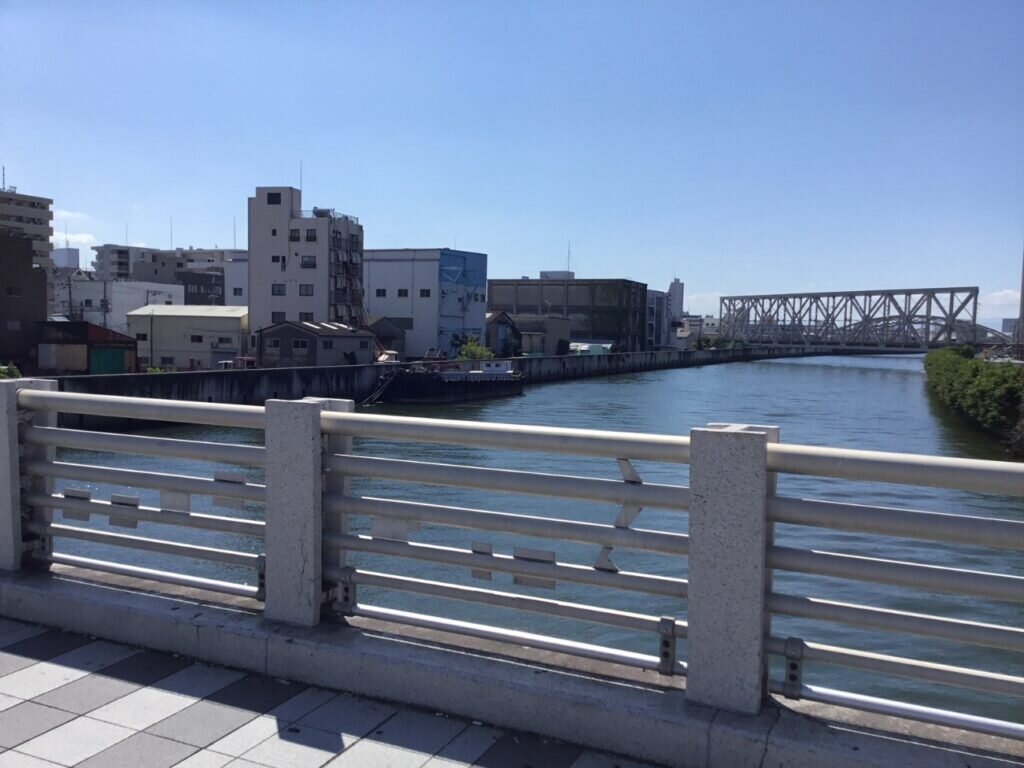
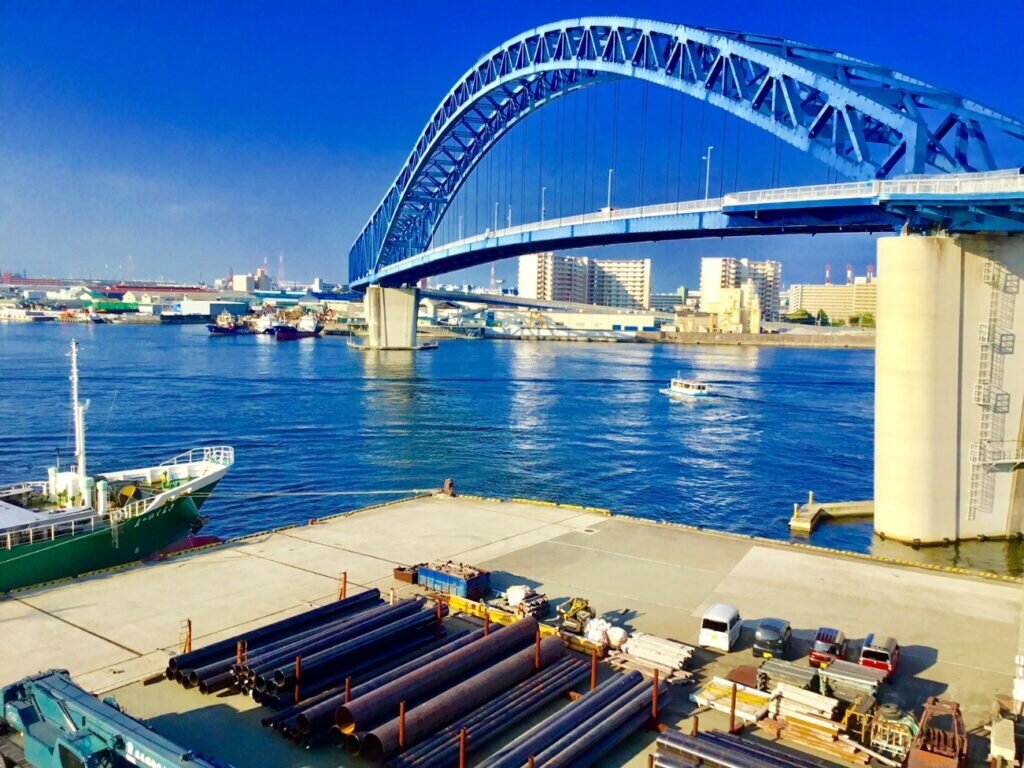
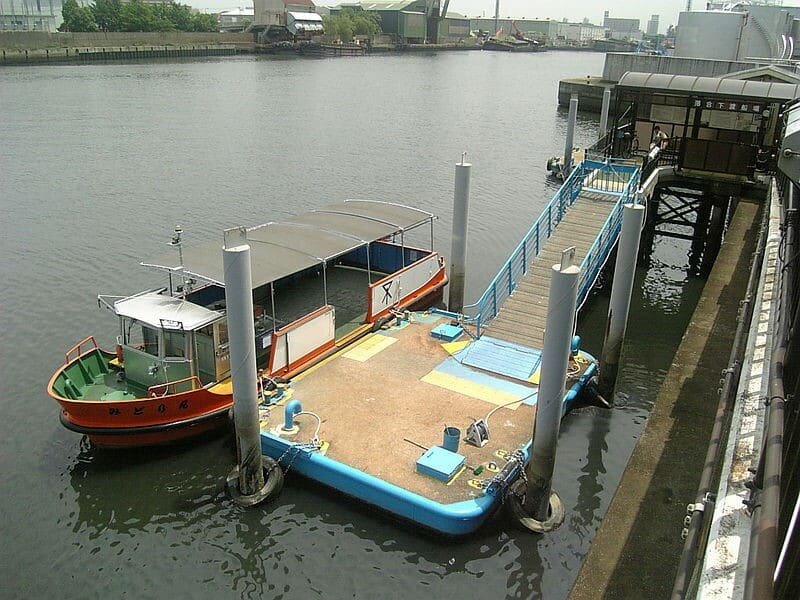
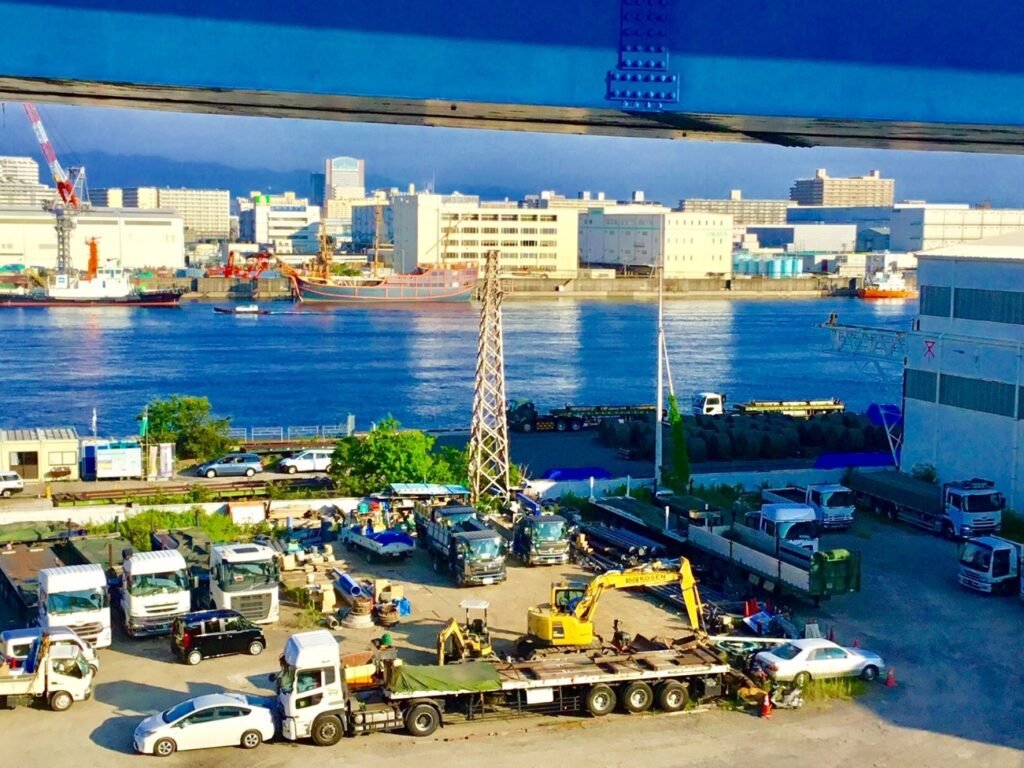
New frontier developed by pioneer citizens
Before the 17th century, the shape of Taisho area was imperfect and quite different from what it is now. Most parts of Taisho were still under the water. The red-circled zone in the center picture below corresponds to the northern part of the current Taisho. The sea front was filled-up and the long-stretched sand bar called “Senbonmatsu” (thousands of pine trees) later integrated to Taisho.
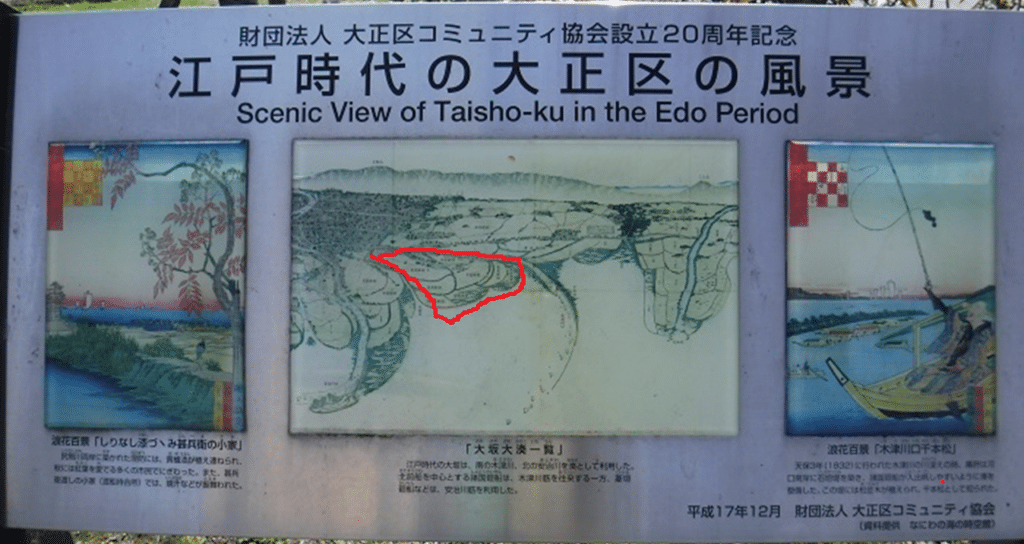
Left: The mouth of Sihirinashi River with only a single hut at the far end
Center: Osaka port before filled-up. The red-circled zone in the center picture below corresponds to the northern part of the current Taisho. The sea front was filled-up and the long-stretched sand bar called “Senbonmatsu” (thousands of pine trees) later integrated to Taisho.
Left: The mouth of Kidu River with many ferryboats rested along with Senbonmatsu sandbar
Geographically speaking, Taisho is a delta land created by deposited sediment of Kidu River and Sihirinashi River. As you can see in the center illustration above, the existed land in the early 17th century was just only the area corresponding to the present north Taisho and the rest was in the sea or just small islets or sandbanks. The oldest literature mentioning old Taisho area tells us that just only three houses were found there, so people called this area as “Sangenya” meaning “three houses”.
On this isolated land, wet and fragile ground not suitable for farming long prevented people to settle in. But in the mid-17th century, some of the wealthiest citizens who were assigned with a mission from Edo Shogunate explored and undertook landfill development to open up new fields.
After overcoming a lot of obstacles and struggles, those pioneers finally created new grounds, called “Shinden” meaning “new rice field”. Those pioneer citizens were honored to privately own and cultivate lands they developed. This remarkable land creation initiated the innovative history of Taisho island.
To commemorate these pioneers and remember their great achievments, some of the Shindens (新田) were named after their developers, such as “Kitamura Shinden” which was created by Rokuemon Kitamura, “Kita-okajima Shinden” and “Minami-okajima Shinden” by Kaheiji Okajima. You can still find these names on the current map.
Being at the river intersection, it is convenient for water traffic which was the main measure for transportation of goods and people, Taisho quickly became vibrant with ships and boats busily loading and unloading rice, fish, commercial goods, timbers, steels and merchants from all over Japan. This prosperous presence paved the way for subsequent industrial achievements occurred in Taisho.
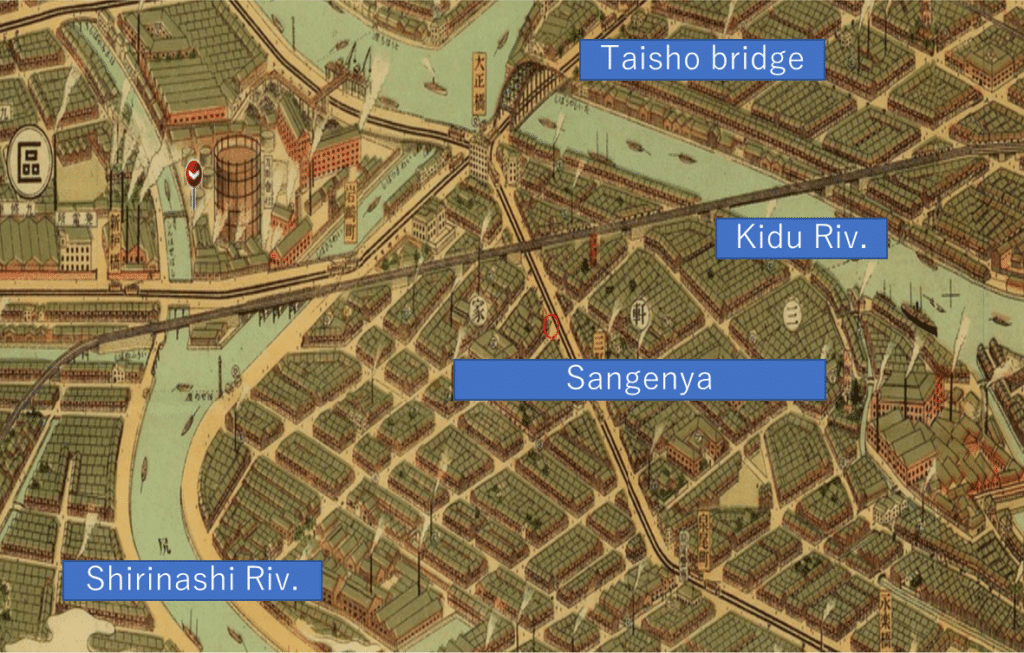
Advent of Industrial Revolution – Osaka Bouseki
As you see, Taisho’s growth was driven by the innovative pioneers and progress of water transportation. Next, you will learn about a surprising fact that Taisho’s deep involvement in the emergence of Industrial Revolution in Japan.
Let’s look at a map of Japan. As an island nation surrounded by Pacific Ocean and Sea of Japan, water transportation had long been a key for social and economic growth in Japan before airplane travel became popular in 20th century. It is natural that the thriving waterfront in Taisho attracted great attention of innovative minds of the time who could see tremendous opportunities opening up beyond the sea.
Eiichi Sibusawa*, who is called “Father of Japanese Capitalism” established a Japanese first spinning company “Osaka Bouseki” in Sangenya in 1883.
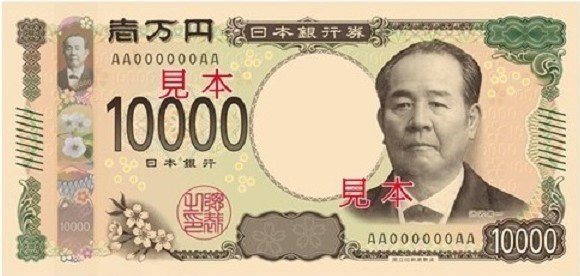
Back in those days, almost all cotton was imported from Western countries. Japan had no expertise in spinning industry- no one knew how to build a production line, supply chain, distribution channels etc. Shibusawa with his foresight recognized how significant it was to build a national spinning industry comparable to those in other developed nations. He decided to establish the most modern mass production plant in Japan.
So he started looking for a suitable site for his innovative plan and found Taisho, the lively waterfront, very promising. Taisho had large spaces available and also very convenient wharves and warehouses at hand. Taisho at that time was crowded with national/international cargoes. The sound of huge number of shipyards, lumber factories and iron works energized the entire Taisho town. It was the perfect site for his ambitious project.

Despite the lack of expertise and knowledge, Osaka Bouseki in Sangenya was a huge success. Mass production utilizing the- state-of the-art steam engine, Japan’s first introduction of overnight production (day/night shift) and other innovative features imported from Western countries outshone other Japanese household hand-made systems and brought incredible profit to the company. This innovative Sangenya plant was once the world’s largest spinning plant comparable to the one in Manchester, the birthplace of world’s Industrial Revolution. In this regard, Osaka Bouseki definitely marked the advent of Industrial Revolution in Japan.
There is one more innovative feature that you can’t miss regarding Osaka Bouseki. It is filament lamps used there for implementation of day/night shift in the production site.

Until then, Japanese manufacturing plants including Osaka Bouseki used oil lamps which were frequently inflamed and threatened workers safety. Osaka Bouseki was the first to employ filament lamp which could safely lighten up the facilities.
With the new invention of safe lighting, the Sangenya plant could stably operated throughout day and night providing much safer working environment and higher productivity, which greatly contributed to their profitability. Many local people came around the plant at night to see how the filament lamps illuminated the workers in night shifts. They even called the plant as “Nightless plant”, but unfortunately it was lost by Osaka Air Raid in 1945. You can see a stone monument that reminds you its pioneering achievement.
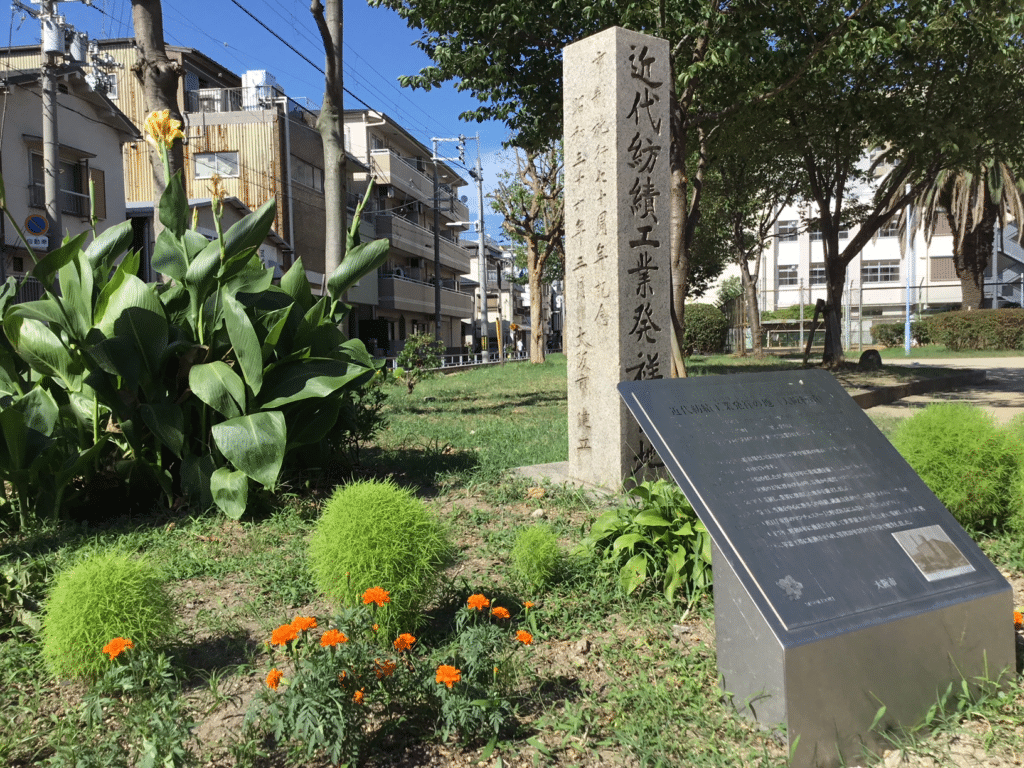
Taisho-made Chevrolet
You may be a bit confused by the heading above. Chevrolet? General Motors? In Taisho?
But yes, there WERE actually 15 thousand Chevrolet made in Taisho.
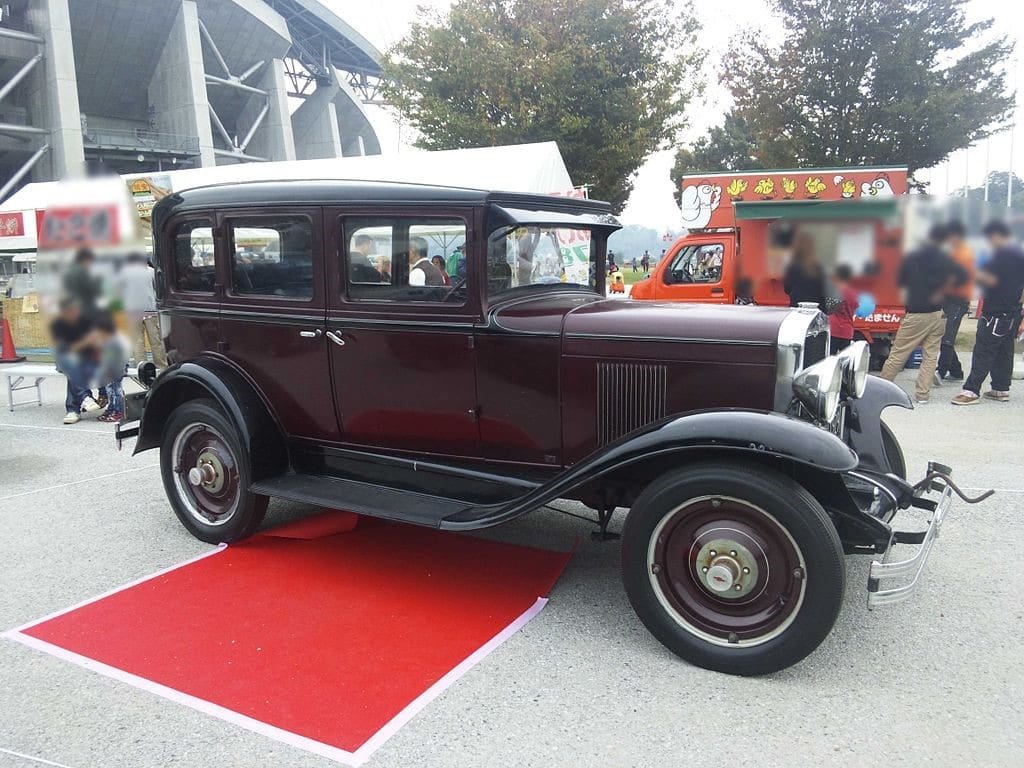
How come? I’ll tell you. In the early 20th century, you could find almost no domestically-made cars in Japan. No Toyota yet! General Motors and Ford dominated Japanese roads and streets.
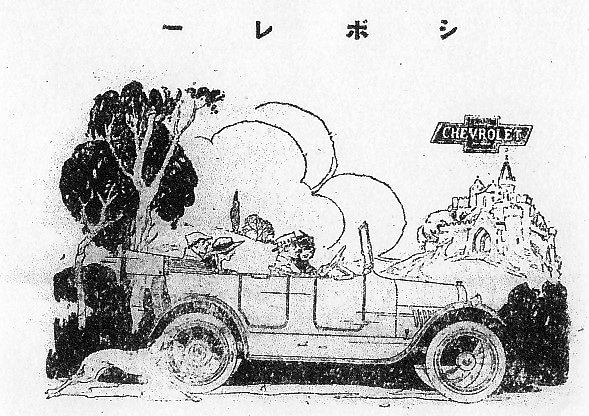
In 1925, Ford established a sales/manufacturing base in Yokohama, a neighboring city of Tokyo. They saw a huge business opportunity in Asian markets including China, and set Yokohama as its Asian head office. This urged GM to build its Asian foundation in Osaka, more specifically Tsurumachi, at the outlet of Kidu River in 1927.
You may know the city of Tokyo in the east side of Japan and Osaka in the west side have been in long-time rivalry. Ford in Tokyo area “the East”, then GM in Osaka area “the West”. Actually, there was a fierce competition among a lot of Japanese cities inviting GM to locate its first (and only) facilities in Japan and Osaka driven by its rivalry with Tokyo desperately offered GM a 4-year tax exemption and maximum financial/administrative support for construction. This offer successfully led Osaka to win the bidding race. As Tsurumachi was the best point for shipping to China and other Asian countries, the site selection was highly beneficial for General Motors as well.
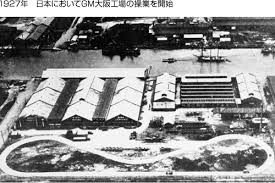
Tsurumachi plant (area: 49718m2) produced nearly ten thousand Chevrolet-type lorries and passenger cars per year. You must be surprised to know that Japan GM employed “complete knock-down production”. Since the level of Japanese mass production in those days was far, far below the production of the-state-of-the-art American cars, GM imported all the components from the U.S and just assembled them at Tsurumachi plant. This “knock-down production” clearly shows enormous difference in the level of industrialization between the United States and Japan at that time.
In 1941, Tsurumachi plant stopped its operation, because GM withdrew from Japanese market due to the tense relationship between the U.S and Japan.
The GM plant in Taisho and Osaka Bouseki at Sangenya are amazing examples for us to be reminded of how Japan quickly caught up with the western countries after the war and then climbed up to the top as a technology-oriented nation in the world. Memory of challenges and innovations still stay in the ground of Taisho.
Kidugawa airport
Currently, Osaka prefecture has two airports, Kansai International Airport and Osaka International Airport (Itami). Most of the foreign tourists use either of these two airports to come to Osaka.
Even Osaka citizens don’t know much about it, but there was also Kidugawa Airport in Taisho which was built earlier than the above two airports.

Facing rapid rise in the volume of air transportation in the late 1910s, Bureau of Aviation in the Ministry of Communication was determined to build first national ground airport at the mouth of Kidu River in Funamachi (“Ship town” in English) in 1927.
As the Funamachi site had already been used for an water airport of seaplanes since 1923, to serve as a grounded airport, a runway and other airplane facilities were just added. You can see a 720m runway looking over the Kidu River. You may also note that the runway was very close to local houses and factories. It may be one of the reasons that Kidugawa Airport was abandoned and replaced with Itami Airport.
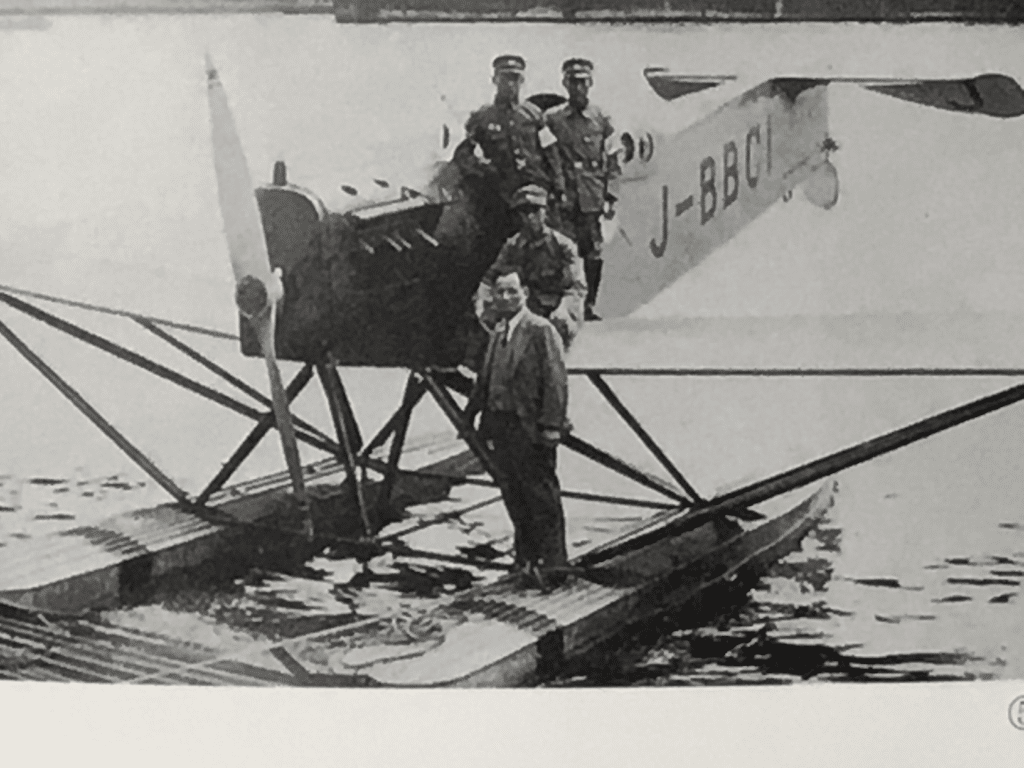
In 1929, Japan Air Transport Co., established by the collaboration of the Japanese government and private sectors including Eiichi Shibusawa (please see above in the section of Osaka Bouseki), started operation in Kidugawa Airport.
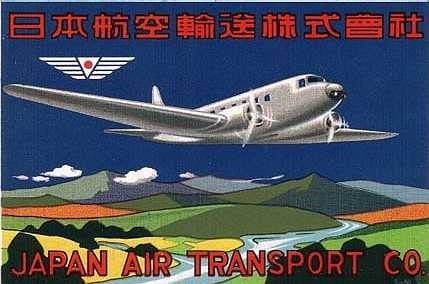
The airport has nearly 9000 flights and more than 10 thousand passengers annually. Japan Air Transport operates twelve flights per week between Tokyo-Osaka and Fukuoka-Osaka, six flights between Keijyo(correspondent to the present Seoul in Korea) – Fukuoka, Keijyo -Dalian (correspondent to the present Dalian in China).
Here’s another innovative topic that you can’t miss. The origin of cabin attendant, called “Air Girl” made a debut in Taisho. These Air Girls served for passengers wearing Kimono in the air and of course were extremely popular. Celebrities and wealthy people from all over Japan came on board to be hosted by these Air Girls. But definitely their work must be hard as you can imagine. Wearing Kimono and serve in the early airplanes? No way. Innovations always come with hardwork of somebody.
Kidugawa Airport ended its service in 1939 when alternative airport (the present Osaka International Airport, or Itami Airport) started to operate. Only the monumental sign is a reminder of these adventurous flights from Taisho in those days.
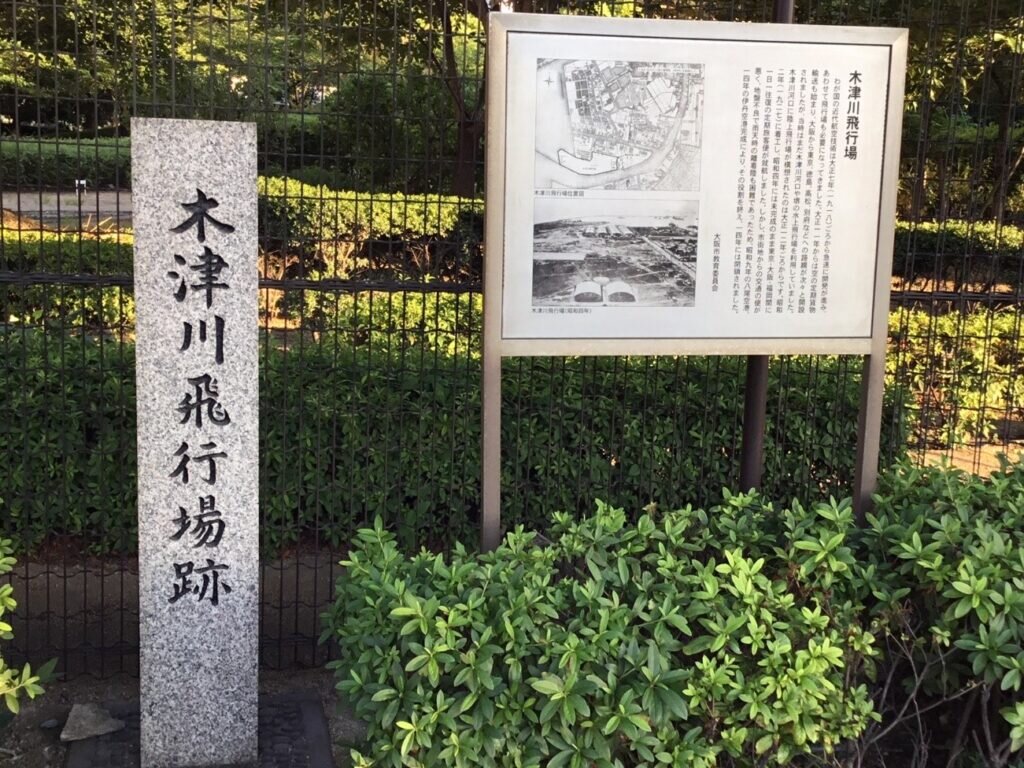
Kobata Gauge and their innovation hub “Garage Taisho”
Now, you understand Taisho’s history is filled with wonderful creativity and innovation. Then, look at the present Taisho. Is there any place for innovation?
Yes, creative and challenging mindsets are inherited to the present locals. This small company, Kobata Gauge (Kobata Gauge Manufacturing) in Minami-Okajima is a good example.
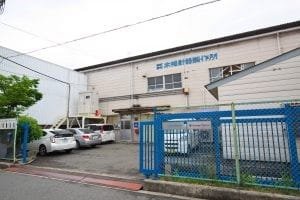
Located in Minami-Okajima, the most innovative and lively industrial area in Taisho, Kobata Gauge survives more than 100 years and is still continuously growing.
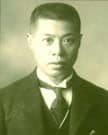
Their original products are manometer and gauges, but they challenge status quo and courageous enough to enter a new paradigm.
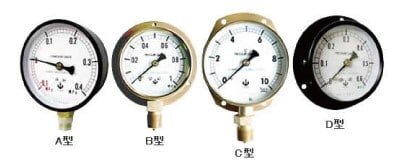
Now, their business field covers life science, IoT and international collaboration. You can learn about their latest innovation (Cloud-based remote monitoring of medical gas usage) with a Canadian cloud service provider here.
In 2014, they opened Taisho Garage, an networking hub for innovative organizations and creators. In addition to labs and shared offices, Taisho Garage offers incubation facilities and networking spaces. They aim at creating a innovation ecosystem where creators can actively interact and collaborate. https://www.garage-taisho.jp/
They have repeatedly given national awards and grants on their innovation and creativity. If you may be interested in Kobata Gauge, first please let us know. We smoothly guide you to contact them.
Their trademark, a beautiful blue anchor, remind us that Taisho was once Japan’s No.1 waterfront and its openness and forward looking mind still resides in the locals. A lot of legendary innovations were born in Taisho and definitely more will be in future.

